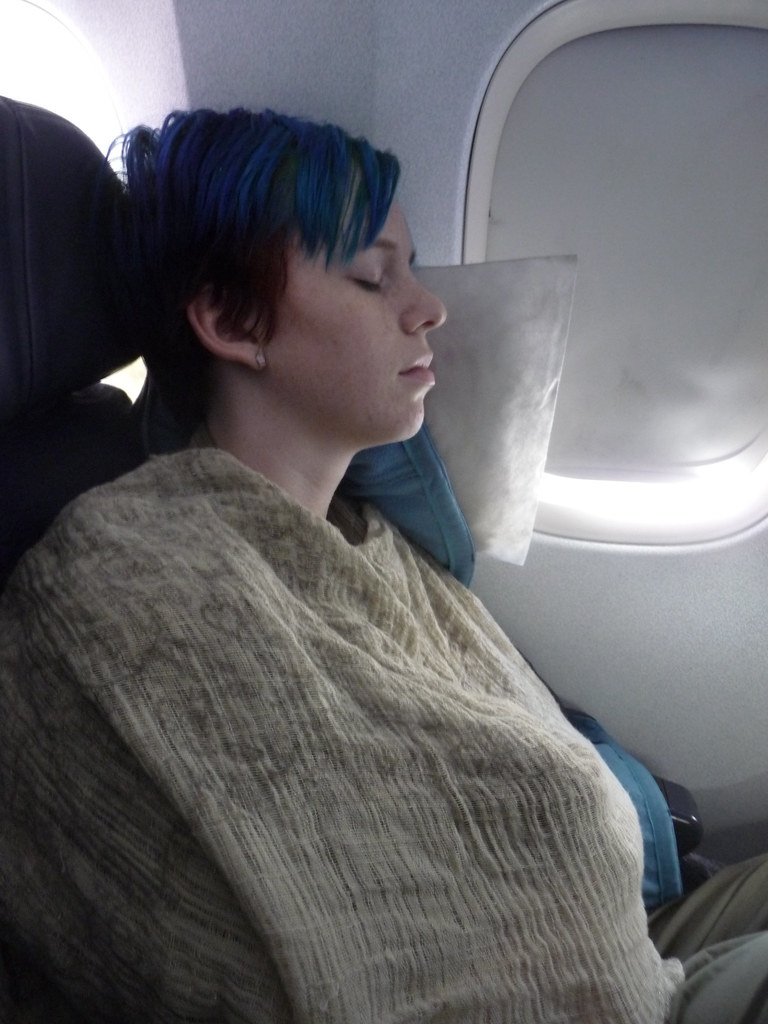Ah, the middle seat. That oft-dreaded spot sandwiched between the promise of a window’s view and the freedom of the aisle. It’s the seat that seasoned travelers avoid like the plague, and the one that last-minute bookers often resign themselves to with a sigh of defeat. But what happens when the stars align and the middle seat between you and your seatmate remains gloriously unoccupied as the plane taxis to the runway? It’s a moment of unexpected joy, a small victory against the cramped quarters of economy class. Yet, with this victory comes a silent question: what are the unwritten rules of shared middle seat usage, and how do we navigate them?

Let’s dive into the etiquette of this unclaimed territory, the no man’s land of the skies. The middle seat, when empty, becomes a shared resource, a buffer zone that offers a smidge of extra comfort to its flanking passengers. But how does one navigate this space without stepping on toes—both figuratively and literally?
How does one navigate middle space?
First and foremost, it’s about size and mutual benefit. Small items like sunglasses or a book can find temporary refuge on the seat without much fuss. But when it comes to larger items, it’s a game of fairness. No one wants to be the person who hogs the space with an oversized coat or a sprawling laptop bag. The rule of thumb? Don’t use more than 50% of the seat. If it’s something that can benefit both you and your seatmate—like a blanket or pillow provided by the airline—then it’s fair game to share the space, ensuring both parties are comfortable.
Now, let’s talk about the swag bag conundrum. If you’re greeted by a goodie bag upon settling into your seat, it’s a common courtesy to leave it be. However, as the flight comes to an end, it’s not uncommon for one passenger to discreetly claim the swag. If you’ve struck up a conversation with your neighbor, offering to split the contents is a friendly gesture that can earn you some good travel karma.
Trash is another matter entirely. The middle seat is not a garbage bin, and using it as such is a definite faux pas. However, a silent agreement can sometimes be reached, particularly with the person in the aisle seat taking the lead. A non-verbal nod, a stacking of trays—it’s a dance of silent communication that keeps the space tidy and respectful.
But what about when a friend or companion is seated elsewhere on the plane? It’s generally acceptable for them to switch to the vacant middle seat early in the flight. However, once the journey is underway, such a move is frowned upon. Brief visits are one thing, but extended stays can be intrusive and disruptive to the delicate balance of personal space.
The middle seat, when empty, is a shared luxury, a buffer against the close quarters of air travel. It’s a space governed by unspoken rules, a testament to the silent agreements we make as passengers. As we navigate these rules, we find a common ground, a mutual respect that makes the journey just a little more bearable for everyone involved.
The middle seat saga is a microcosm of travel etiquette—a reminder that even at 30,000 feet, we’re all in this together. So the next time you find yourself with an empty middle seat beside you, remember these unwritten rules. Respect the space, share the benefits, and above all, be considerate of your fellow travelers. After all, isn’t that what travel is all about? It’s these small acts of kindness that make the journey more pleasant for everyone involved.
Navigating the nuances of middle seat manners is akin to a delicate dance, where every step counts and missteps are all too noticeable. As we continue our exploration of the unwritten rules of shared middle seat usage, let’s delve into the etiquette expert’s perspective on this matter.
Suggestions from expert
Thomas Farley, an etiquette expert affectionately known as Mister Manners, offers a definitive stance on the often contentious issue of armrest allocation. In the cramped confines of a three-seat configuration, Farley asserts that the middle-seat passenger should be granted both armrests. This declaration is rooted in the understanding that while the aisle and window seats each come with their own set of advantages, the middle seat is bereft of such comforts.
“Middle-seat plane journeys tend to be miserable,” Farley explains. The aisle seat offers the dual benefits of easy bathroom access and a smidgen of extra legroom, while the window seat provides a view and a wall to lean on. The middle seat, by contrast, is a form of torture, devoid of any redeeming qualities. This stark comparison highlights the unique challenges faced by those stuck in the middle.
Therefore, Farley suggests, passengers fortunate enough to occupy the window or aisle seats should acknowledge their relative comfort and refrain from exacerbating the plight of the middle-seat occupant by commandeering the armrests.
In the event of a 2-4-2 seating configuration, where two middle seats are present, Farley’s guidance is that each middle passenger should claim their respective outer armrest and amicably share the central one.
But what happens when the unspoken rules are breached, and the middle-seat passenger finds their armrests usurped by their neighbors? Farley advises a polite request for armrest relinquishment. If the aisle or window seat passengers are unwilling to cede the armrest entirely, they should at least be prepared to share.
The online newspaper Patch’s readership echoes this sentiment, with one Californian reader suggesting that window and aisle passengers proactively offer the shared armrests to the middle-seat passenger. Another reader from Illinois, however, believes that the shared armrest should remain untouched, advocating for a policy of self-containment. These differing opinions reflect the ongoing debate about armrest etiquette.
Farley also addresses the two-seat row scenario, where etiquette becomes a simpler affair. In the absence of a middle seat, the window and aisle passengers should expect an equitable division of the shared armrest. However, if one passenger is significantly larger than the other, it would be a gracious gesture for the smaller passenger to yield the armrest. This approach promotes fairness and comfort for all.
Should you find yourself in the unenviable position of dealing with an ‘armrest hog,’ Farley’s counsel is to gently assert your right to a portion of the armrest.

The middle seat, often likened to the last picked raisin in a bag of trail mix, is typically the seat of last resort. It’s the seat you’re left with when you’re sandwiched between friends or family, when you’ve booked too late, or when you’ve opted not to pay for a seat assignment.
The consensus among frequent flyers is clear: if the row isn’t full, move out of the middle. This is especially true in a standard three-seat configuration. Should the aisle or window seat be vacant, it’s not just acceptable but encouraged to relocate to the unoccupied seat.
But what about when the middle seat is empty? Who gets priority use of this newfound space? The answer is not as straightforward as one might hope. While it’s generally agreed that the middle seat’s armrests are the domain of the middle-seat passenger, the use of the empty seat itself is a matter of mutual respect and consideration.
In the rare event of an empty middle seat, the window and aisle passengers should share the space equitably. It’s not a territory to be claimed by the swiftest foot or the most assertive elbow. Instead, it’s a shared resource to be used judiciously and respectfully.
The middle seat saga is a tale of compromise and civility. Whether it’s armrest allocation or the use of an empty seat, the guiding principles remain the same: respect, consideration, and a touch of grace. So the next time you find yourself in the middle or beside an empty middle seat, remember these unwritten rules and the wise words of Mister Manners. After all, a journey is best measured in friends rather than miles, and good manners are the currency of congenial travel companions.
Related posts:
Armrest: Who Gets It In-Flight?
Rules of flying in the middle seat
Who Gets to Use an Empty Middle Seat While Flying? These Are the Rules





